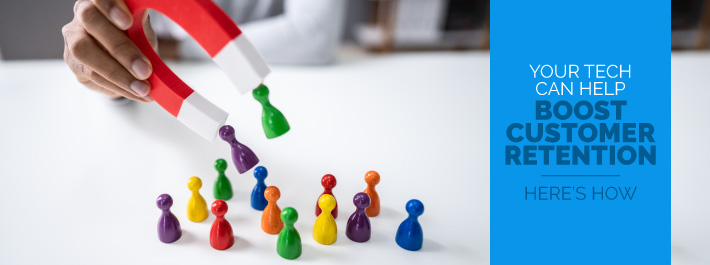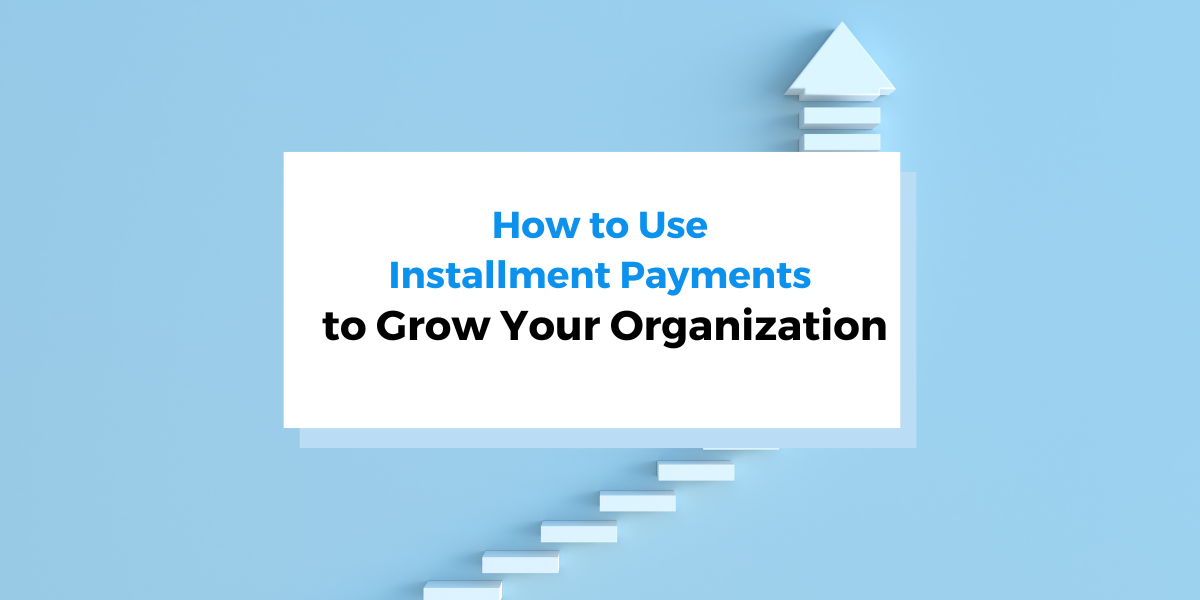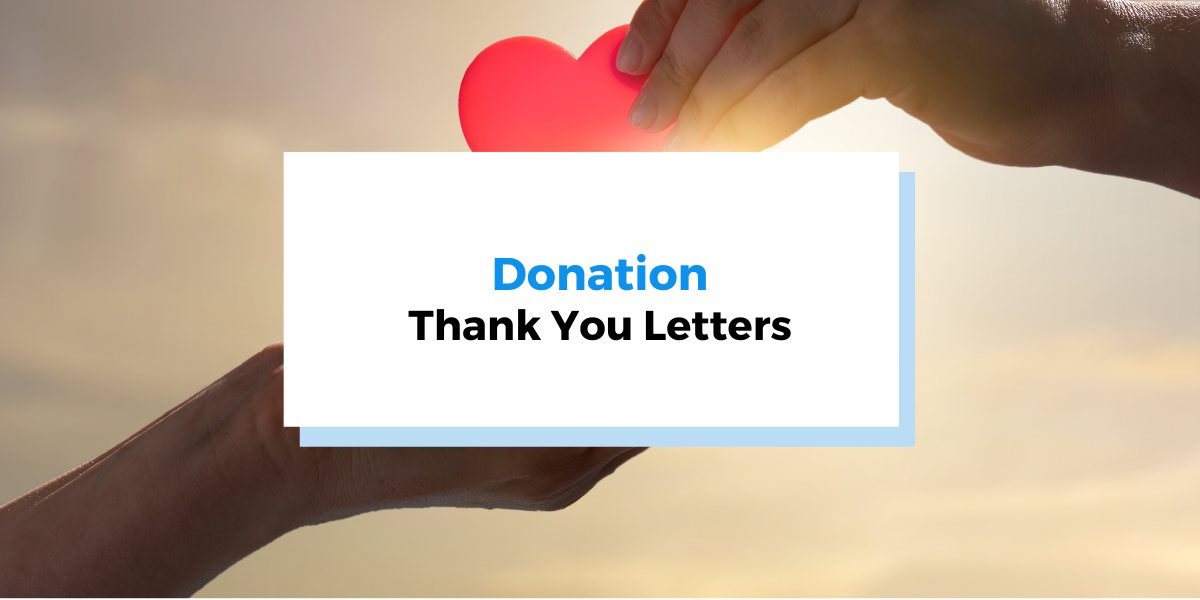Customer retention is extremely important for long-term business success and sustainability. It’s a critical business metric across all sectors, including B2B vendors and online and brick-and-mortar retailers of all shapes and sizes. Retention should be a top priority for any business that wants to grow more stable revenue streams, cut down on customer acquisition costs, and deepen its ties with customers.
But what are the specific ways that your strategies and operations should support customer retention? Look first to your technology. Tech is already central to how you run your business, so it can (and should) actively support your retention goals.
Let’s break down a few ways that tech can help during two key recurring points in the customer retention journey: the transaction and ongoing post-transaction engagement.
The Transaction or Checkout Process
Your technology facilitates the transaction process, and the quality of that experience for customers is among the most immediate factors that impact retention.
Simply put, if your online checkout process is long and tedious or your in-store checkout runs on slow, confusing point of sale software, first-time customers will be less likely to return. The goals for your transaction process should be speed and simplicity.
The tech best practices to follow at this stage vary for online and in-person transactions. For online checkout, consider these tips:
- Use payment processing software that allows you to keep the number of required steps and manual data entry to a minimum.
- Offer easy account creation options for first-time customers, but don’t force users to create accounts unless necessary. Consider offering a “checkout as guest” option to quickly secure their first purchase, and then focus on re-engaging them later.
- Similarly, consider suggesting upsells and add-ons after you’ve secured the initial purchase.
- For service providers and other types of businesses that provide invoices, digitize and automate your billing process. Ensure that invoices are easy to understand and give clear payment instructions.
For in-person transactions, follow these best practices:
- Use updated POS software with features tailored to your industry. The right features can make a huge difference for the customer experience by speeding up the checkout process, giving staff the information they need to answer questions, and generally streamlining your operations.
- Ensure staff are trained on how to use your POS system and know who to ask for help in various situations.
- Invest in barcode printing capabilities, if needed. Looking up items or entering SKUs manually can seriously slow down checkout and cause mistakes that harm the customer experience.
- Use POS software with built-in customer loyalty and sales tracking functionalities — more on these below!
By offering a quick, simple transaction, you’ve completed the first step in securing a customer’s long-term business. The exact strategies you use will naturally vary from business to business, but the key ideas are to first ensure that your tech isn’t actively harming the checkout process or getting in your staff’s way, and then look for ways that new features or tools could improve it.
Post-Transaction and Ongoing Customer Engagement
Once you’ve acquired a new customer and made a great first impression, retaining them will require keeping your business on their mind. This is where advertising, marketing, and other communications targeted to past customers come in.
Your technology should support the process of re-engaging your customers in a few ways. The most foundational way is by generating all the data you’ll need to approach the process strategically.
Using the right tech—a CRM or database, dedicated payment processing software, POS software, registration tools, and web analytics—ensures that you’ll actually be able to derive insights from your customer interactions over time. A CRM or other central location for storing your data will be essential. Make sure to integrate your various tools whenever possible so that data will seamlessly report to your database.
For example, you might be interested in monitoring your abandon cart rates to help drive purchases. Consider choosing a payment processor with a cart timer feature to help create a sense of urgency for your customers to complete their purchases. Additionally, you can also monitor which customers have abandoned their carts and get in touch with them to urge them to come back and complete their purchase later.
All of the insights and trends hidden in your data will then help you continually learn more about your customers and how to market to them more effectively.
For example, study your customer and transaction data to segment your buyers into discrete groups, like your highest-value or highest-volume customers. Dig into their preferences and purchasing habits to make some inferences about what best motivates them to buy, and then develop a marketing plan targeted to them.
This is the core process by which your tech and data can support your customer retention goals. But there are plenty of more proactive ways to boost retention using technology, too. Here are a few examples:
- Create a customer loyalty program. These programs are a tried and true way to increase retention in a very direct way—incentivizing customers to keep returning to your business by offering rewards or perks. You’ll need the right set of perks that will motivate your customers, a promotional plan, and POS software that will support the program.
- Offer recurring billing and subscription options. Recurring billing has long been the standard approach for many businesses, but the subscription model is picking up a lot of steam across the consumer retail sector as a whole. Think set-it-and-forget-it orders of household goods, curated packages of items delivered each month, and monthly access to online content. Customers like the convenience and/or curated experience, and businesses benefit from the stabilized revenue stream. Get creative to come up with ways you might tap into the trend, and use online and in-store payment tools that allow for easy customer account creation and recurring billing.
- Try hosting or joining events. Community events like craft fairs or food festivals, customer appreciation events, and industry gatherings can all be extremely effective ways to boost retention while expanding your business’s visibility. Whenever you host or join an event, make sure to build in a way to collect information—who attended or expressed interest, purchases made, etc. Robust registration software, attendee surveys, and tablets for in-person sign-ups are all helpful for gathering data at events.
With a steady stream of customer and transaction data, a marketing plan for keeping your business on the minds of customers, and an arsenal of additional tactics for boosting long-term engagement, you’ll be set up for retention success.
Wrapping Up: The Bigger Picture
For the best results, remember to keep the entire customer journey in mind. You’ll ideally have a lot of touchpoints with retained customers, starting with their initial discovery of your business, learning more about you, and their first transaction. For each touchpoint in the journey, ask a few questions:
- Is the touchpoint facilitated by technology?
- What would make this touchpoint a more positive or smooth experience for the customer?
- How does the technology play a role in determining that experience?
This approach will make it easier to start improving your customer retention with technology in a systematic, bite-sized way. Revisit your customer journeys over time as you learn more about your customers and keep securing their business for years to come.


















